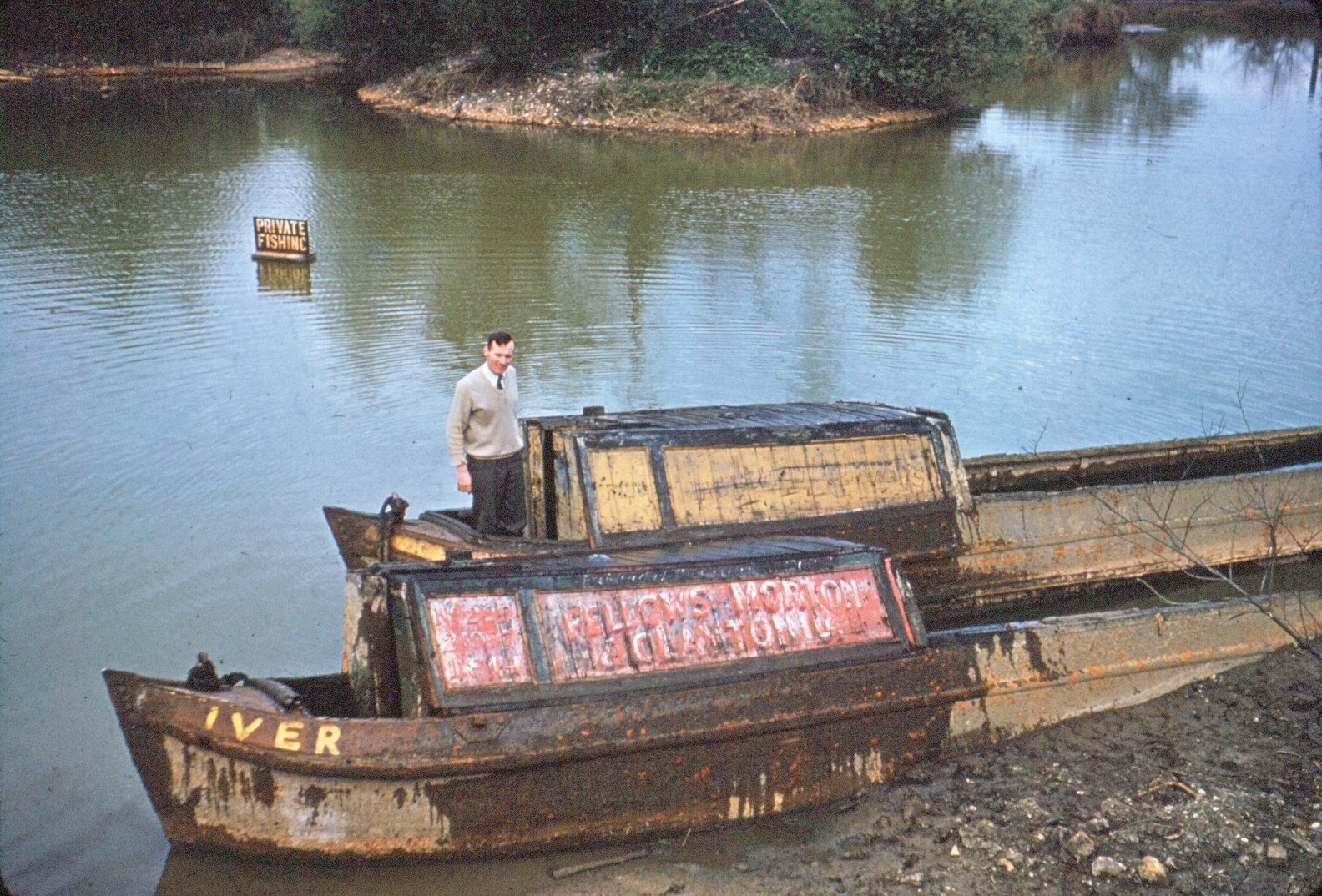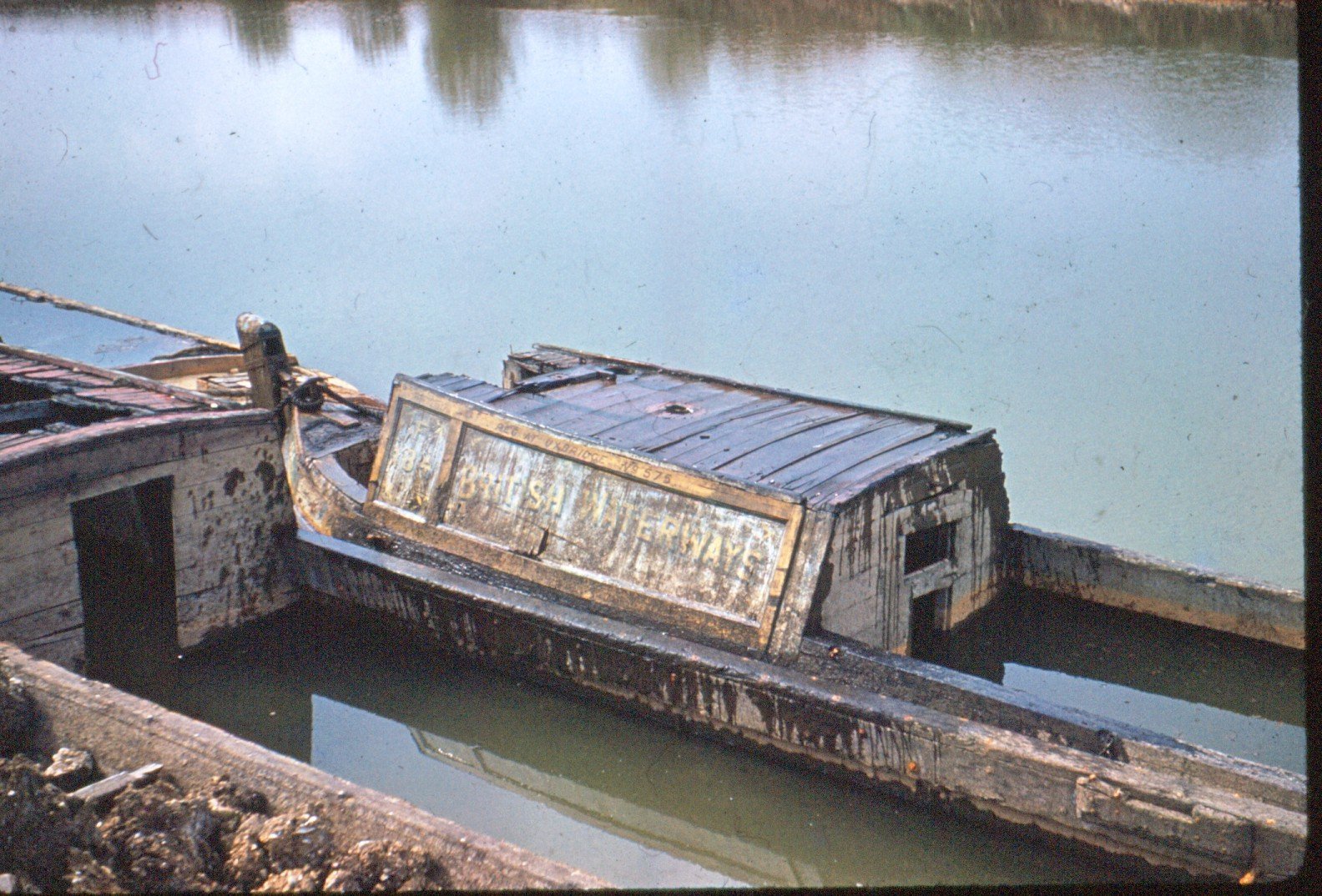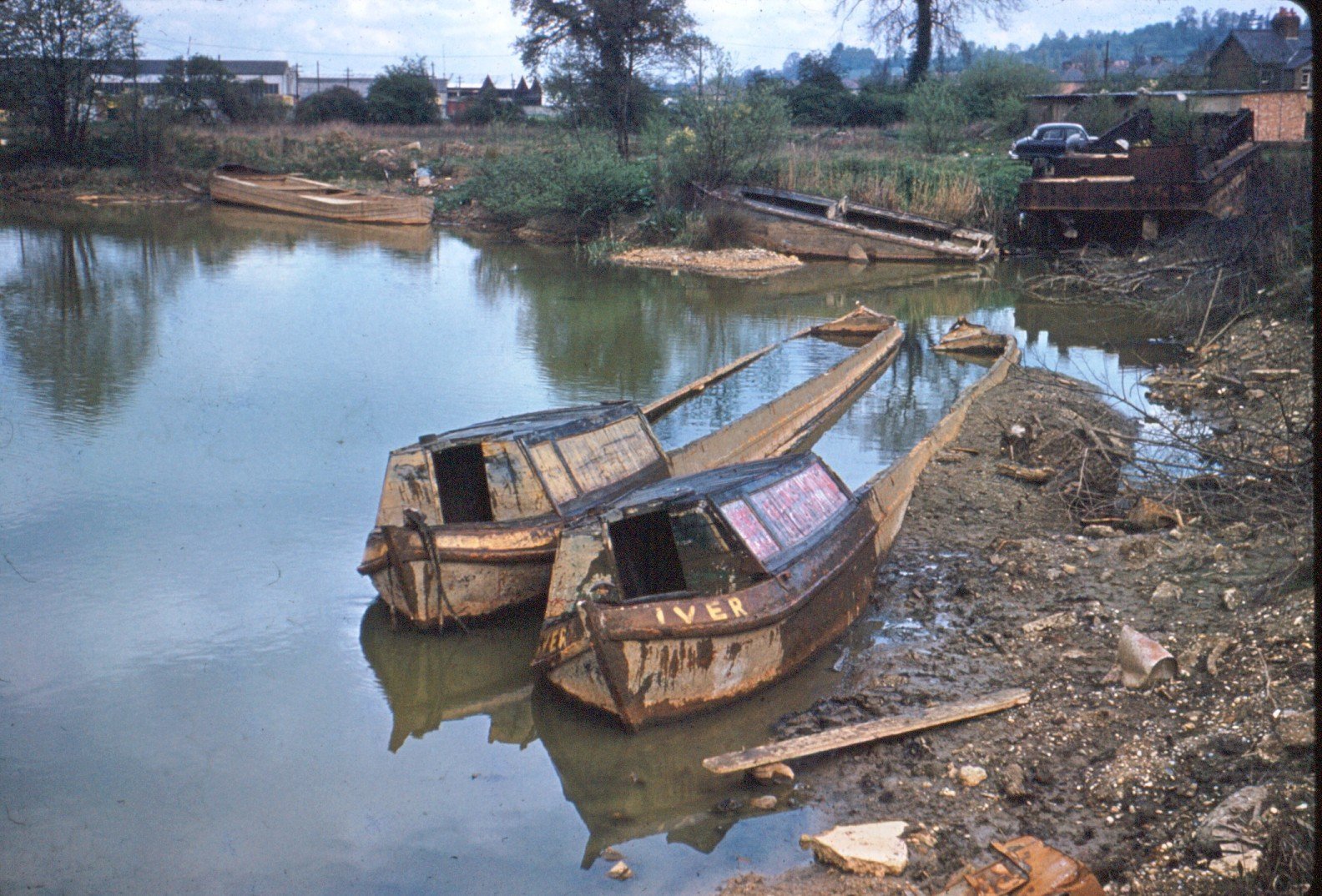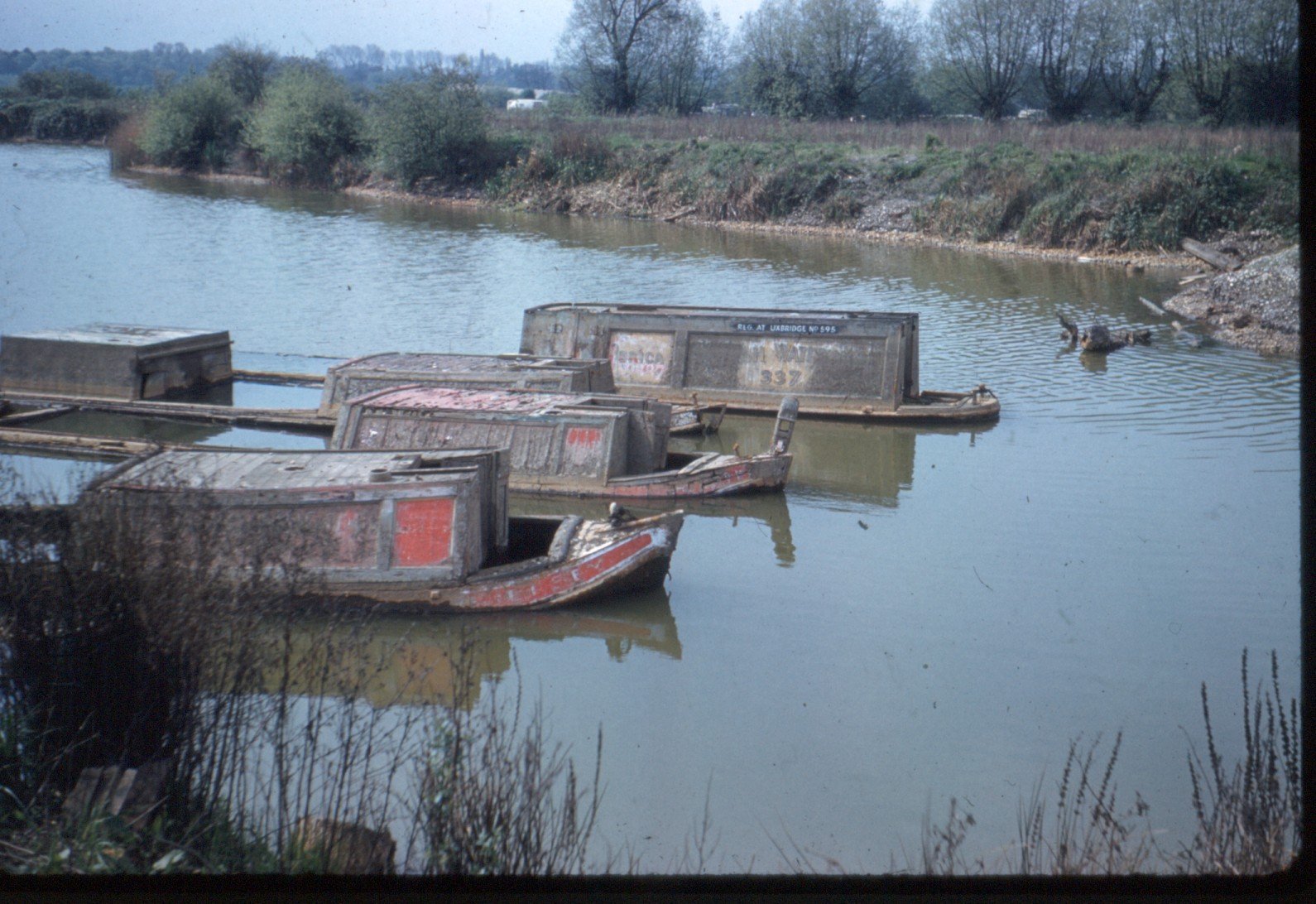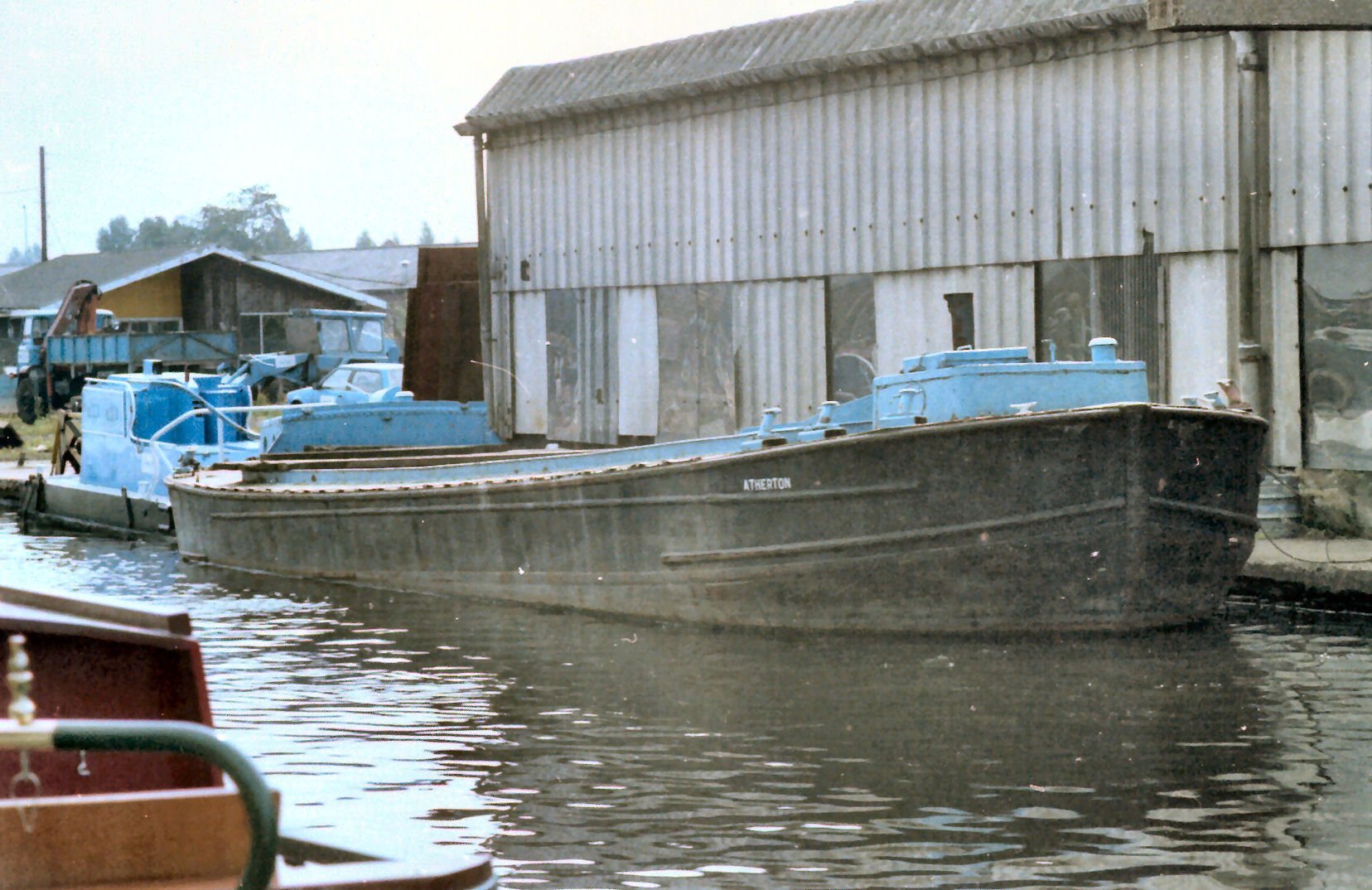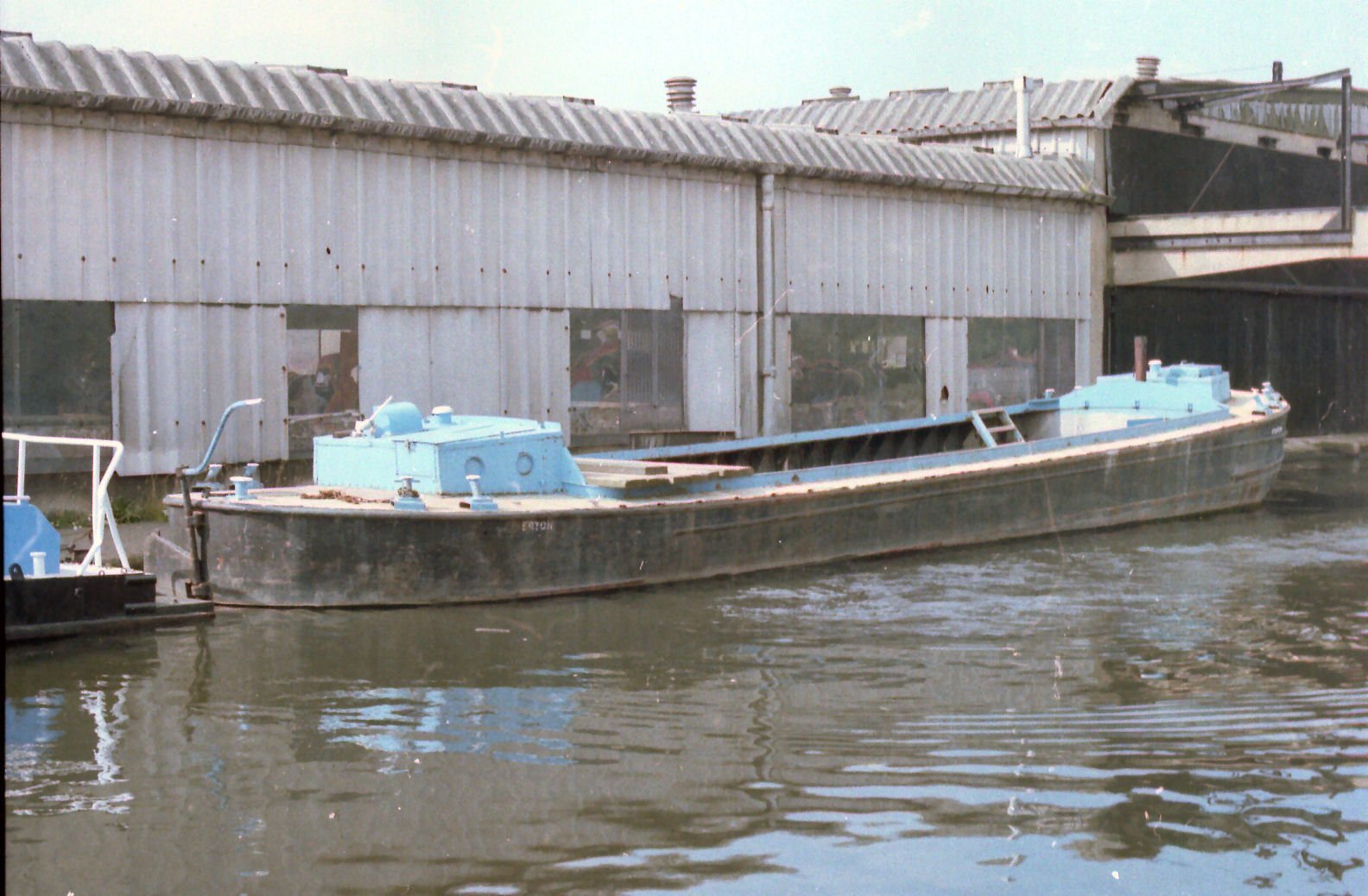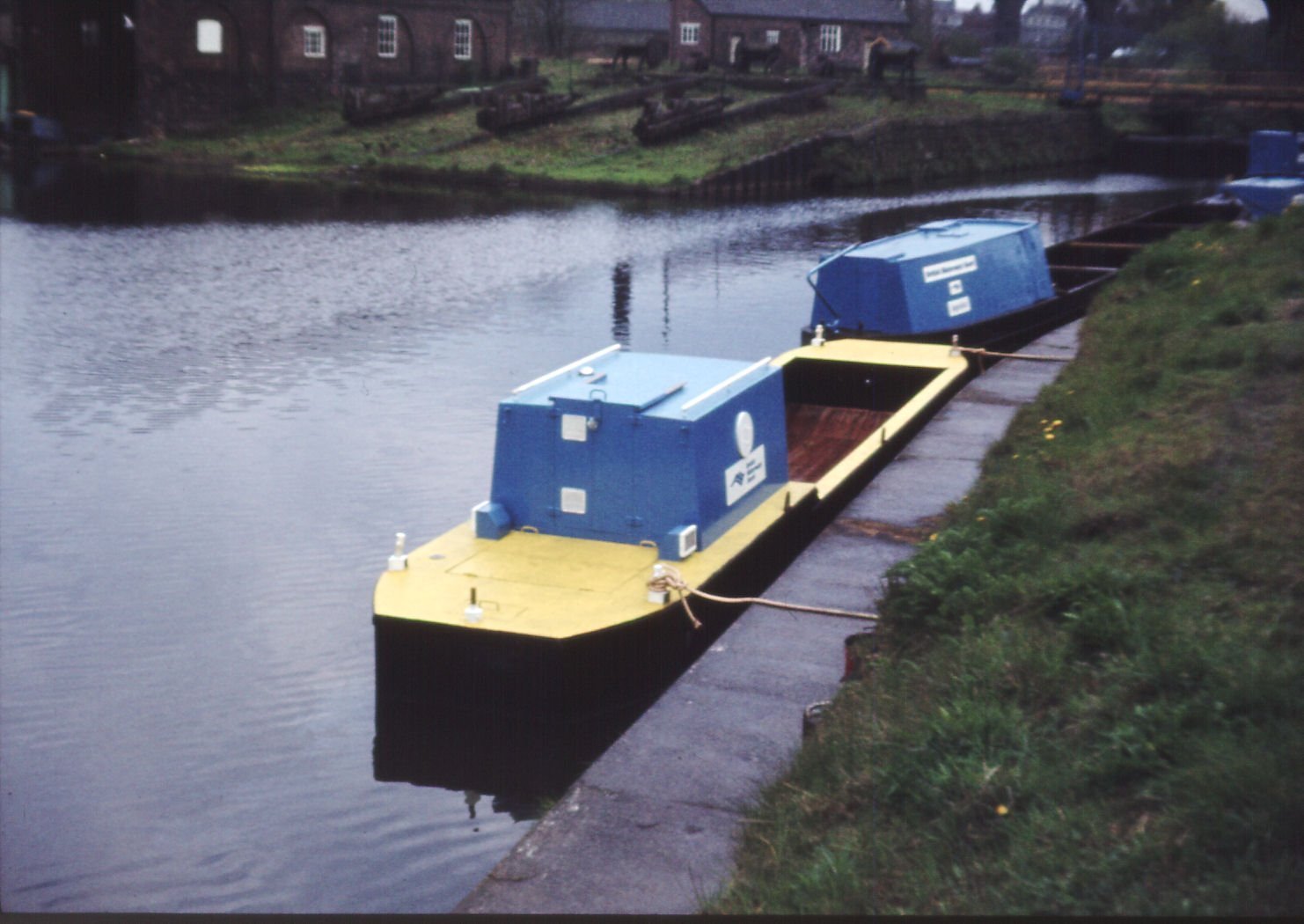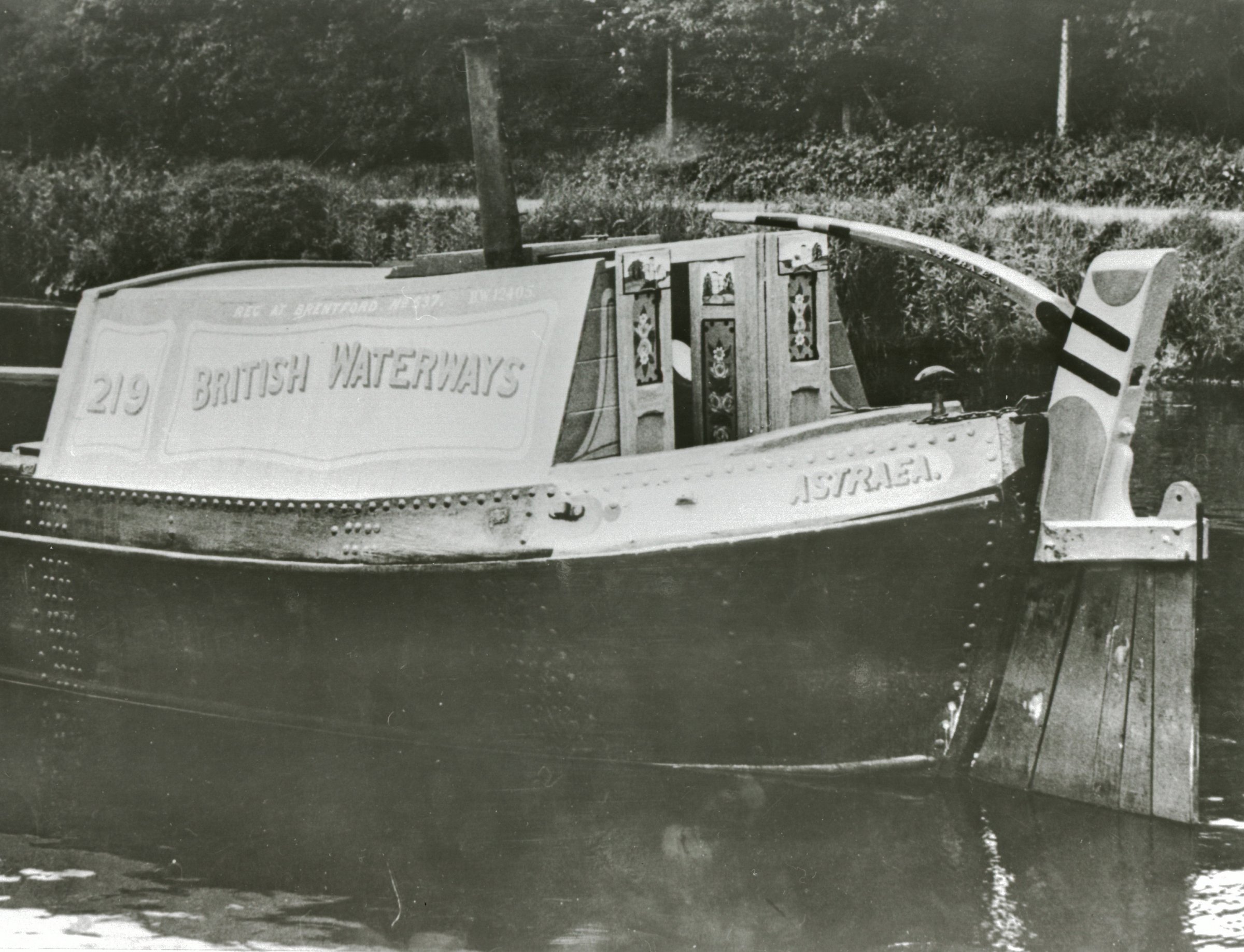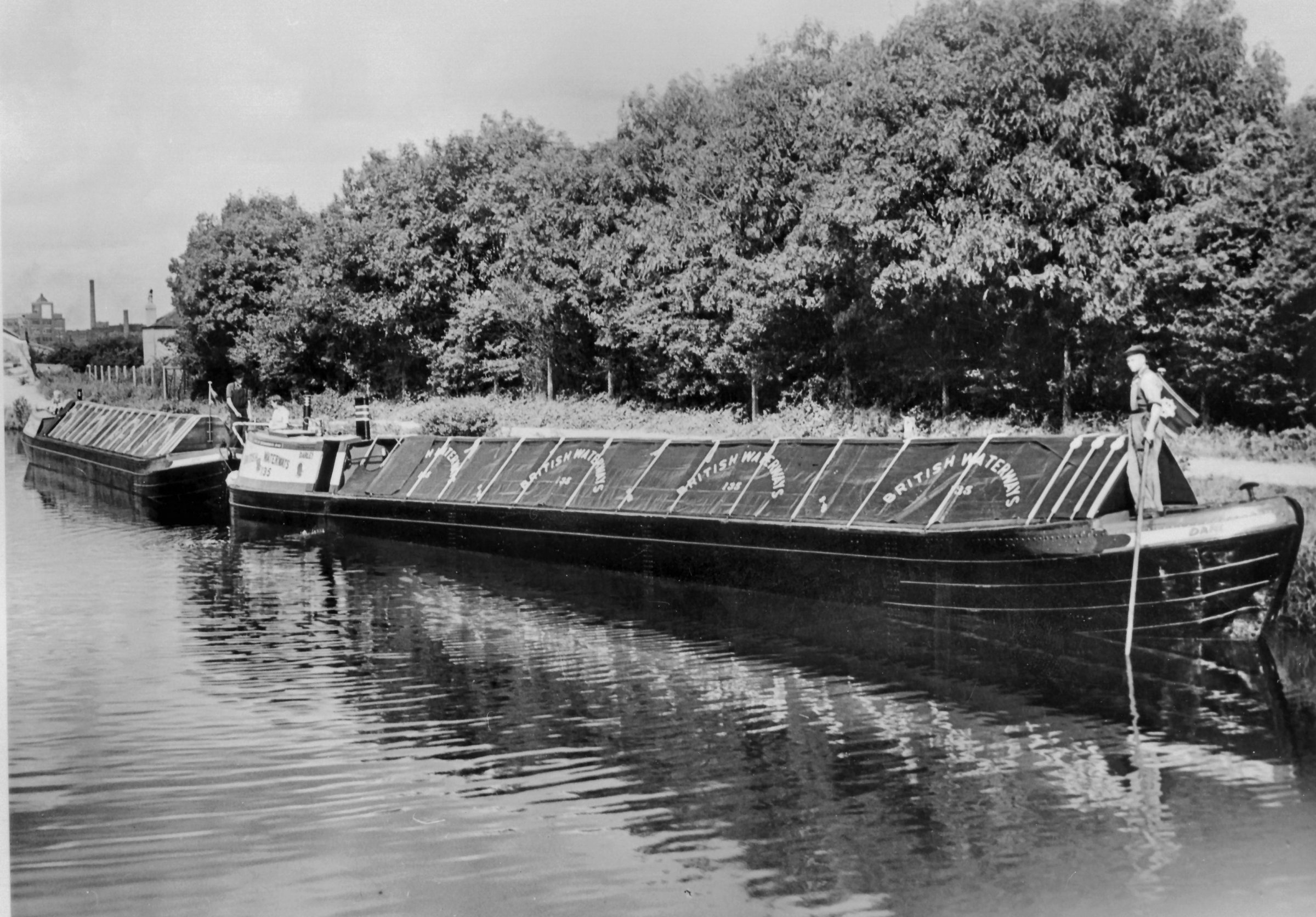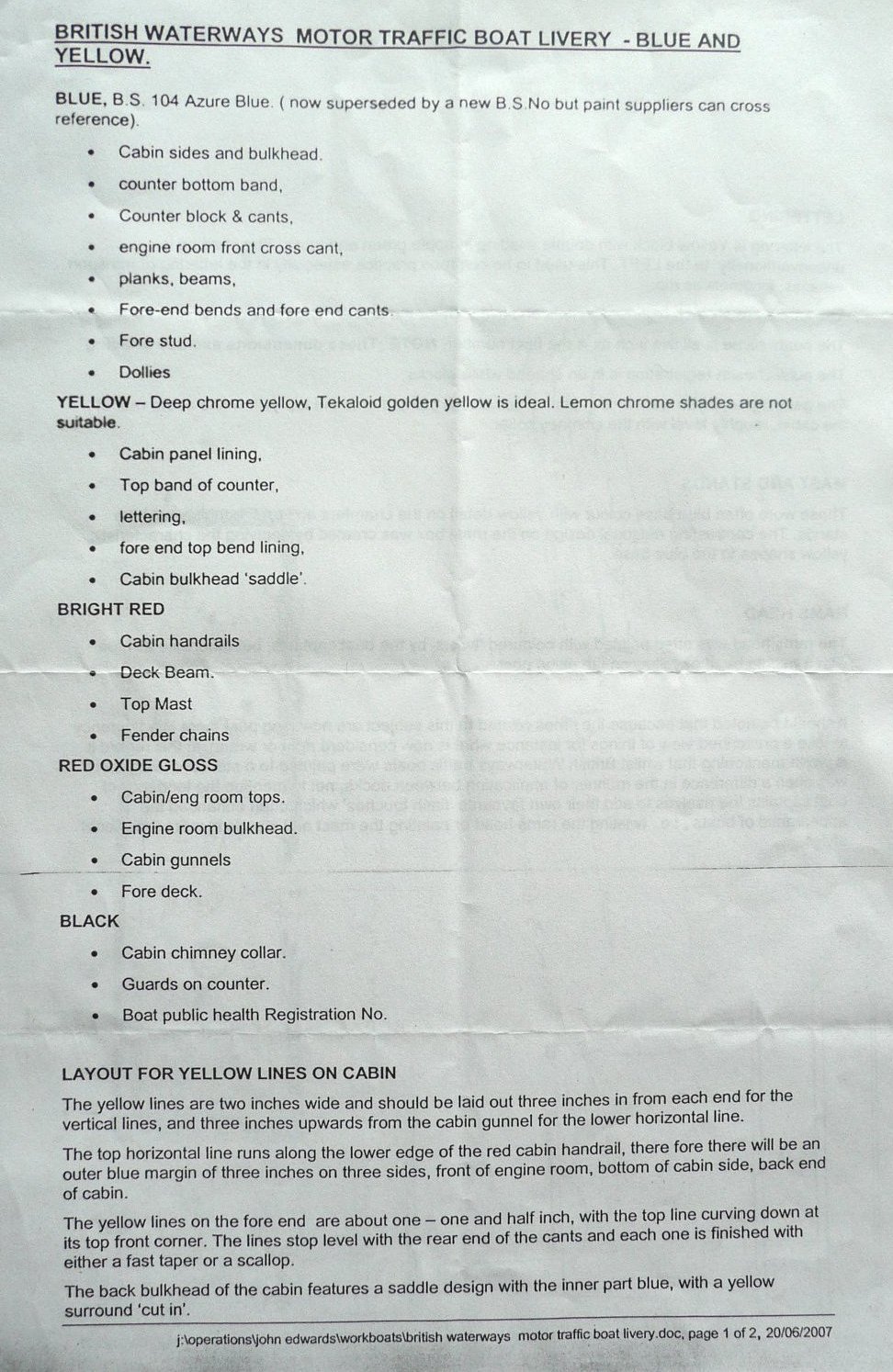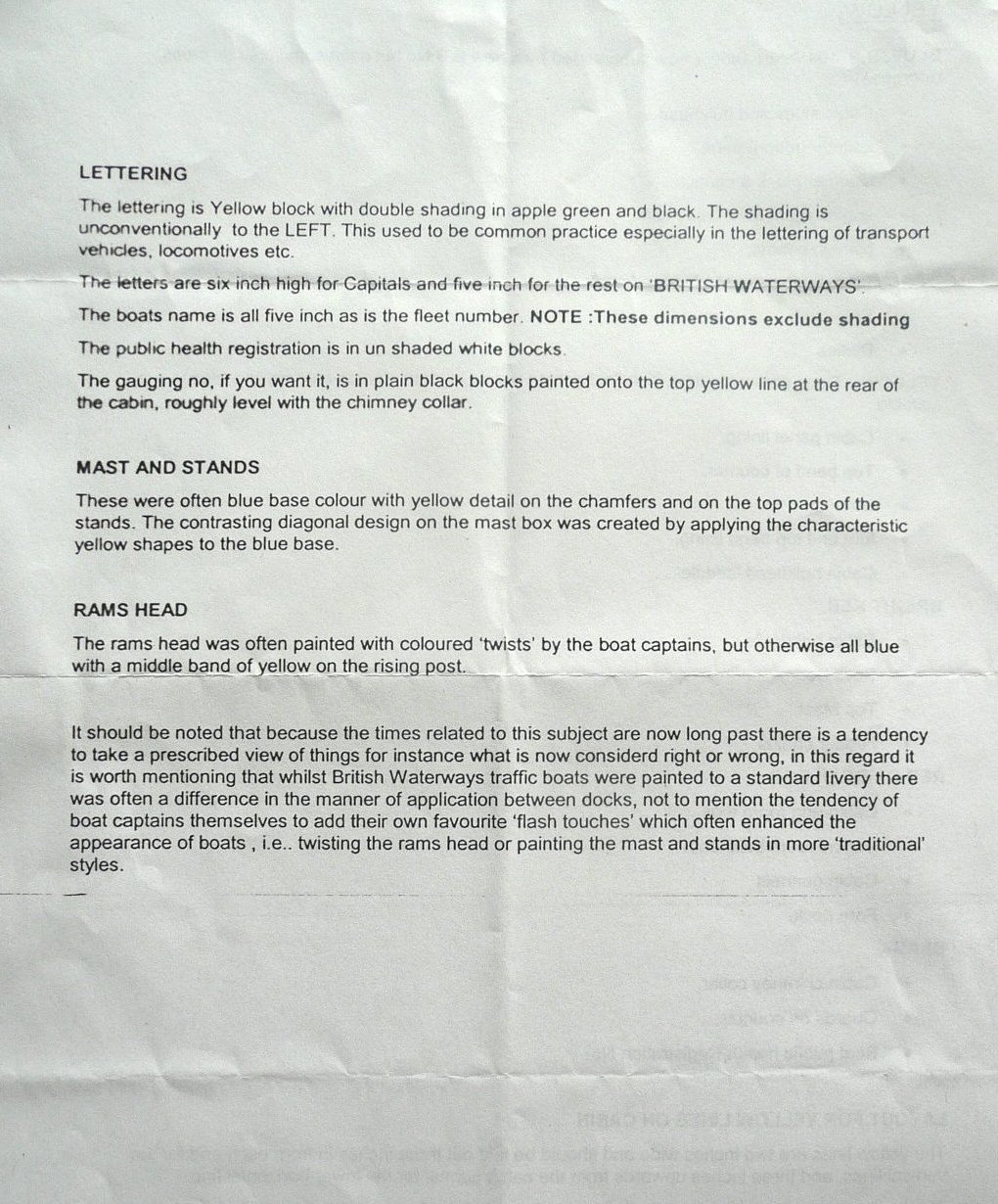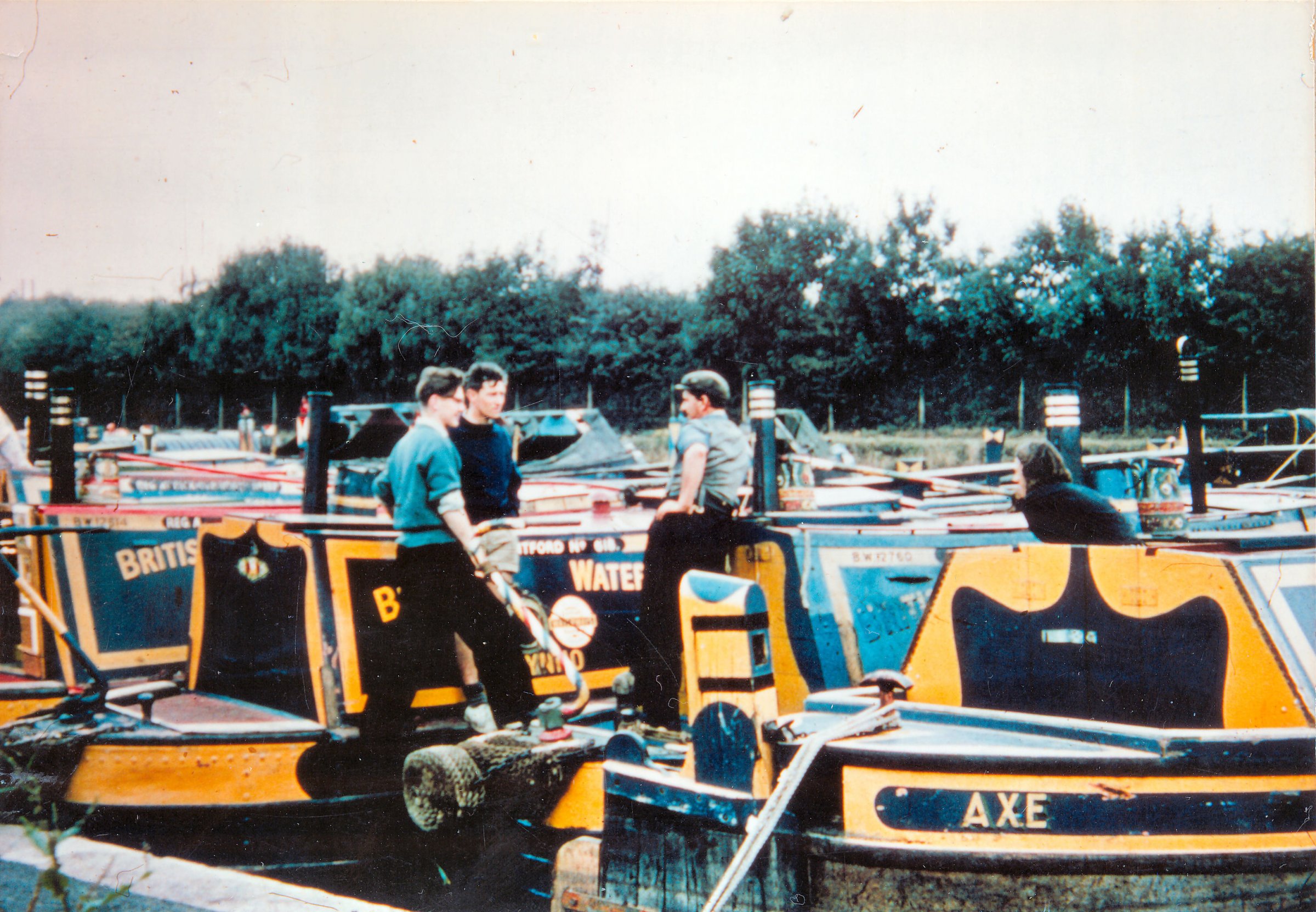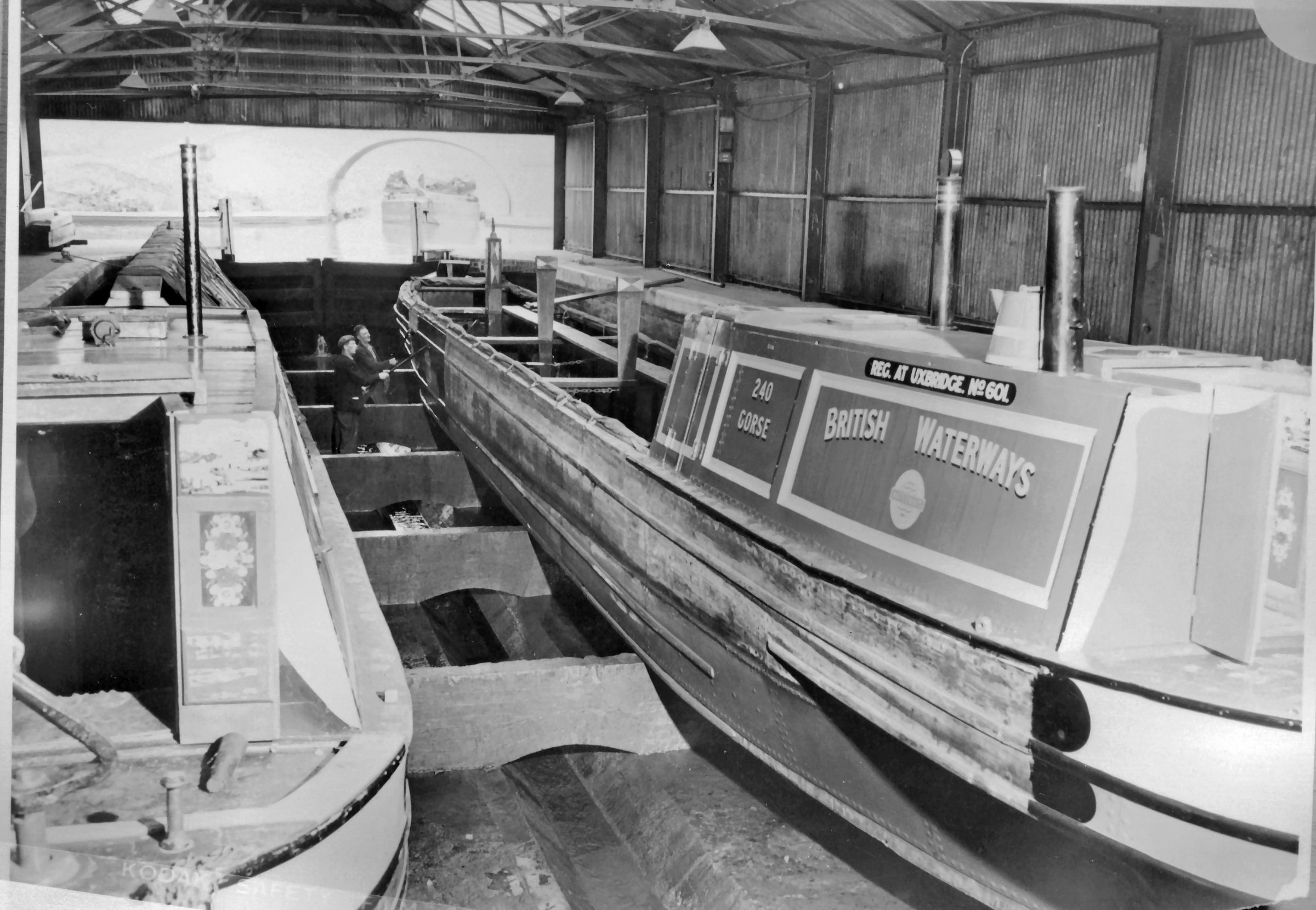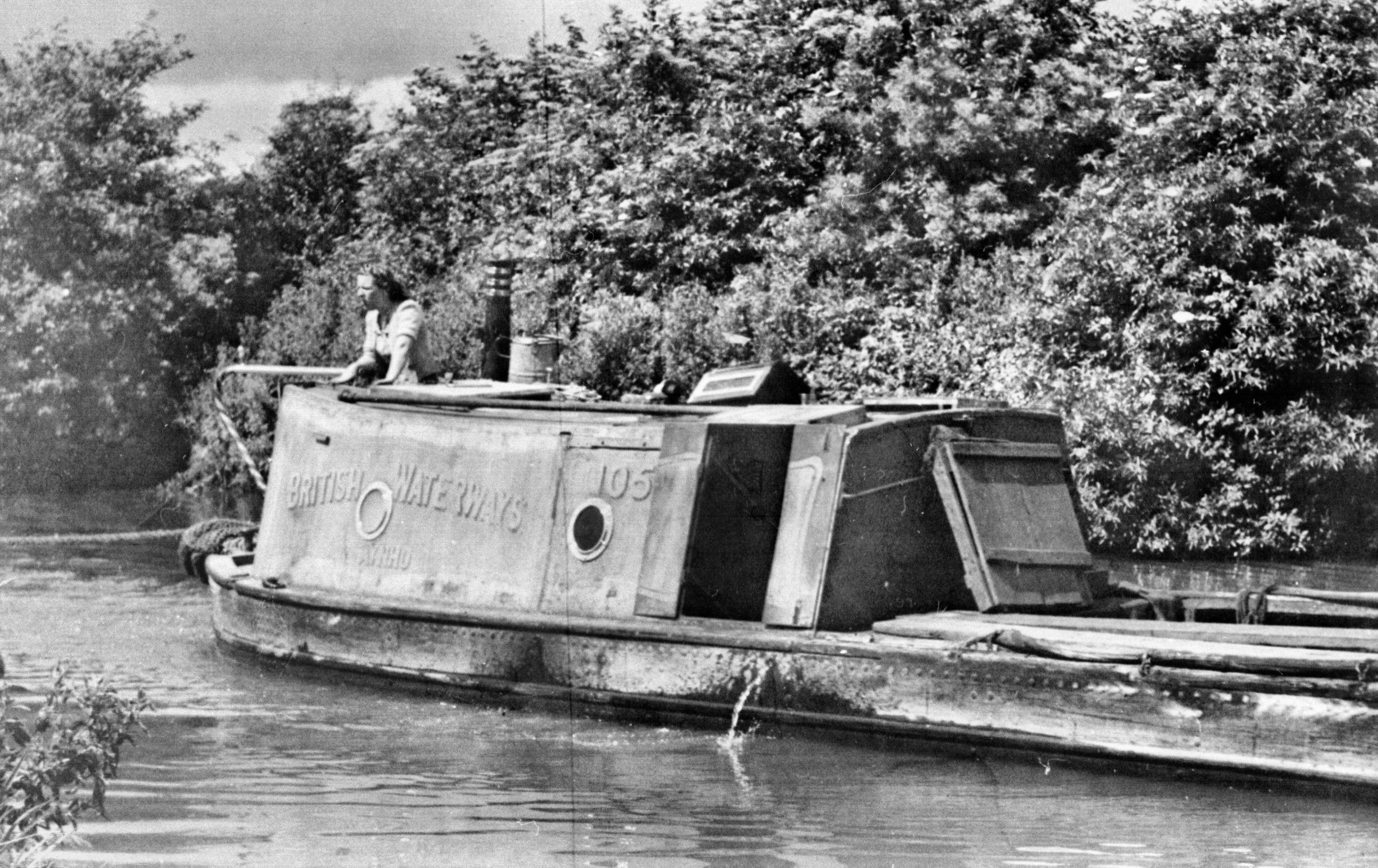-
Posts
4,975 -
Joined
-
Last visited
-
Days Won
6
Content Type
Profiles
Forums
Events
Gallery
Blogs
Store
Everything posted by Laurence Hogg
-
Very interesting account. This is from "Graces guide" : George Beadon From Graces Guide Jump to: navigation, search Capt. George Beadon, R.N. 1860 'Captain Beadon's Experimental Steamer—The inventor of the Ichthyon writes that his passage from Bristol Harbour to Keynsham, on Thursday, was highly succesful. He says:- " I left Bristol at 5 p.m., on Thursday last, with only one propeller and one engine, and, against the opinion of engineers and others, the Ichthyon braved the rapid freshes of the Avon, which have been unusually strong for this season of the year during the past four or five days. She reached Keynsham by 9 p.m., against this tremendous current, and has added another plume to the catalogue of her many virtues, that of being perfect double boat, in every sense of the word. With the safety-valve gone of one boiler, and with broken shaft.,' scotched but not killed,' she performed her task.".'[1] Note: A photograph of the Ichthyon is available online, here[2] 1860 'Ichthyon—A few days since we had an opportunity of seeing the experimental model steamship of Captain Beadon, R.N., of Creechbarrow, Somerset, on her way to London, via our canal and the river Thames. On reaching her destination, she will be taken to the Serpentine and undergo the scrutiny of those who have made such subjects their particular study. The system on which such ships are to be constructed is entirely different from that which has hitherto been adopted. The under part of the ship consists of two or more tubular vessels united with the superstructure or hull, somewhat resembling the double war canoes of Polynesia. The foremost end of each tubular vessel is fitted with a strong fixed axle projecting from its centre. Upon each axle is placed a revolving conical stem having spiral blades extending from the base to the apex of the cone. These are under the bows of the ship, and when turned round by steam or other power, produce the effect of pectoral fins. The mechanical action is to bore through the water, by which operation the fluid is not raised in iront, nor is resistance accumulated before the vessel in motion, however great the speed may be. It is supposed that many improvements in naval architecture will arise from the application of this principle, the conical stem propeller having the qualifications both of a screw and paddle-wheel, without the disadvantages of either. It acts without causing vibration or shaking in the vessel, and is equally effective whether it be entirely or partially immersed. When a vessel is built for tbe purpose, the conical stem propeller produces a waveless course ; and it will work through masses of weeds and even mud banks without being fouled. The vessel can be stopped and turned in her own length by the conical propeller, in a manner that cannot be effected in any other. Many other advantages are mentioned by Captain Beadon as attending his mode of constructing vessels, and he also states that a speed of 32 miles an hour might be maintained with a conical stem of 20 feet base, when turned at the rate of 80 revolutions a minute. Captain Beadon has already received many approving testimonials, and is quite confident that his system will be well received by the scientific world.'[3] 1860 'A Marine Novelty. - A model steam-boat, called the Ichthyon, designed and built by Captain Beadon, R.N., has during the past few days been plying the Serpentine, London. It is upon the principle of the double canoe, and appears admirably adopted for testing the merits the peculiar form of screw and mode of propulsion adopted by the inventor. This twin-boat is, in fact, raised out the water and supported upon two pontoons of cylindrical form two feet in diameter, and 18 feet long. These pontoons or tubes are each fitted with solid conical spiral screw at the stem, driven by a direct centre shaft worked in the usual manner. The propellers are made to act together, or in opposite directions, in such a way that the vessel is driven by one or both, and may turned in a sweep of little more than her own length. This model is only three tons burden, roughly built, and very imperfectly fitted with machinery, and towed two barges from Bristol, laden with 90 tons of stone, in shallow water at the rate of three miles an hour. The Ichthyon was designed rather for the navigation of canals, but the principle of construction appears to secure the steadiness and stability, as well as other advantages necessary to gunboats and larger vessels of war.'[4] 1866 'The Cigar Ship.— ln Vice-Chancellor Wood's Court on Thursday, Capt. Beadon applied for an injunction against Mr. Winans, the constructor of the cigar ship launched early this year, on the ground that the defen- dant had infringed a patent obtained by the plaintiff in 1852 for a contrivance somewhat similar to the conical revolving bow and screw propeller blades, rotating round a shaft moved by internal machinery, which, as our readers are aware, is one peculiarity of Mr. Winans' curious vessel. It seemed that the plaintiff had never made any use of his patent, which was about to expire, and defendant's counsel stated that the cigar ship was constructed as a purely scientific experiment in ignorance of any patent taken out by the plaintiff, who, with full knowledge two years ago of what the defendant was doing, had allowed him to proceed with his experiment. — The Vice-Chancellor said that but for the circumstance that the defendant was about at once to take the ship out of the jurisdiction, a very much more favourable case on behalf of the plaintiff than that which was here shown would be required to induce the Court to grant an injunction anterior to the hearing. Having regard to all the circumstances, to the fact that the defendant had a residence in this country, and that this alleged infringement was not carried out in the way described by the plaintiff, the case was much too vague for the Court to depart from the ordinary practice in patent cases. There would be no order upon the present motion.— Costs to be costs in the cause.'[5] See Also 1851 Great Exhibition: Official Catalogue: Class VIII.: George Beadon Sources of Information Jump up ↑ Taunton Courier, and Western Advertiser - Wednesday 5 September 1860 Jump up ↑ [1] Royal Collection Trust, photograph of 'Ichthyon' Jump up ↑ Devizes and Wiltshire Gazette - Thursday 13 September 1860 Jump up ↑ Kentish Independent - Saturday 20 October 1860 Jump up ↑ Bury and Norwich Post - Tuesday 29 May 1866
-
Easily traced on Google earth.
-
The oil came from the outflows from Round Oak steelworks, the dredger was operated through the working week until it needed emptying. I witnessed this work on a few occasions, it was a very interesting area to a railway / canal enthusiast.
-
A dredger was stationed here for years to scoop the oil from the canal surface, latterly Alfred Matty had a spoon dredger there for said purpose, that went to the BCLM. the Bantock hull was dismantled and only the fore and aft ends remain.
-
Well another reason to avoid Walsall! Lightening strikes in the same place twice!!! "Published: Friday, 28 July 2017 WHAT seems like a senseless act of vandalism, the new lock balance beam replacing the one sawn off one on the Walsall Canal has also been sawn off and taken. It was last week that the lock balance beam of Lock 1 of the flight of locks on the Walsall Canal was sawn off, preventing navigation, Keith Gudgin tells us. During the night Though Canal & River Trust quickly replaced the beam, it was discovered this morning that this balance beam too has been sawn off and taken away sometime during the night. Being so heavy, this is obviously not children vandalising the lock, but adults seeming wanting the timber. A quandary This means that again the navigation has to be closed, leaving the Trust in a quandary as to replacing the beam yet again."
-
"WHAT seems like a senseless act of vandalism, the new lock balance beam replacing the one sawn off one on the Walsall Canal has also been sawn off and taken. It was last week that the lock balance beam of Lock 1 of the flight of locks on the Walsall Canal was sawn off, preventing navigation, Keith Gudgin tells us." Vanadalised it may be but with a length of rope on the heel post and a decent shaft between the upstands of the handrail passage would not be a problem. However why you should want to go to Walsall would be another matter, having been a resident of said borough for some many years the term "Avoid like the plague" springs to mind!
-
This post cannot be displayed because it is in a forum which requires at least 10 posts to view.
-
"Down to the North" was a common term right up to the end of traffic. Like "Baco'the map" referred to the southern BCN canals etc, "Up or Down the brook" was the Staffs & Worcs.
-
That video gives a whole new meaning to "Sparrow drinking" off the gunnels. Love the tug in BW colours chasing after him, license out of date?
-
Isnt that the inspection manhole still extant in recent years (when we more adventurous!).
-
The mapping system on the National Library of Scotland is much better allowing todays satellite view to be shown partially or in full. Plus many other series of maps are available. http://maps.nls.uk/ This the tunnel west end: http://maps.nls.uk/geo/explore/#zoom=16&lat=52.4466&lon=-2.0310&layers=6&b=1
-
Your boat in Milton Creek still seems extant alongside what is now a carting circuit. Are there more recent pictures of it? The transom stern appears intact.
-
There are dozens of boat wrecks in that area in all the creeks, there is even a German U boat!
-
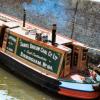
What is the purpose of these gates?
Laurence Hogg replied to Nunovyrbizz's topic in History & Heritage
Completely agree with this, the arm is mainly on raised ground. When I worked at Iver I do remember a set being inspected. -
"Blue and Yellow" various liveries lying in Hawtrey's pit at Harefield (adjacent to and behind Harefield marina of today. All the boats shown are believed to be still in the same place albeit buried in some cases by a shallow covering. All were serviceable at the time and surplus to BW needs. The boats shown include FMC MB Erica, Horse boats, Tring, Gladys, Yiewsley, Ida, Iver, Natal, Pretoria, Jersey and a Faulkners butty.
-
from the extensive pictures I have seen when researching these boats (for Harefield) port side seems unaltered but an extra storage cupboard seems likely on the starboard plus a wider bunk (double?). also some ceiling mounted storage similar to an extended ticket draw seems visible in some pics.
-

Trent & Mersey Canal Lock renumbering
Laurence Hogg replied to Heartland's topic in History & Heritage
The bridges had numbers replaced where missing in the 1990's, I know this as I supplied the replacement plates. -
Of course we had it in the past, only 500 volts over your head from the local tramway generating station, could work again?
-
So why "Blue & Yellow"? The answer lies at the end of the GUCCCo life, after the war there was apparently a change of livery to be undertook, this seems to involve the house colours of the successful Grand Union (Shipping) Ltd short sea carriage company which operated the "Regents Line" ships from Regents dock. Expansion here was taking place and the following extract implies it was on a good scale, "I should like to make special mention of Grand Union (Shipping) Limited. This important subsidiary, whose pathway was cleared by our 1943 Act, has an established position in the short-sea continental trades. So that it may give in post-war years that service which its clients expect, orders have been placed for two new Diesel-engined ships, each 1,100 tons deadweight, to be built to the most modern specification.” (GUCCCo Chaiman) In conversation had and in documents that were at Stoke Bruerne in the 1970's other details were given of changes, these included the new livery and its layout which were illustrated on large drawings. There was a proposal for fleet replacement with a boat type of similar dimensions to those in service, compartmented boats were suggested too and again drawings produced. However the coming of the British Transport commission messed this all up and all but Grand Union Shipping was Nationalised. GU Shipping was amalgamated with the GU Lido company at Ruislip and its vessels, MV "Marsworth", Knebworth" and "Blisworth" sold off to IIRC P&O. So why Blue and Yellow? Look at the house colours shown below and you see the two colours prominent, the future British Transport Waterways way line circle is present in the armorial device of GUCCCo the rest speaks for itself. The influence of the GUCCCo lived on for a few years in the guise of blue and yellow and one wonders what a pair would have looked like lettered in the GU guise and not BTC BW The Shipping line poster and MV Marsworth: The specification for painting long distance carrying boats as detailed by BTC BW:



